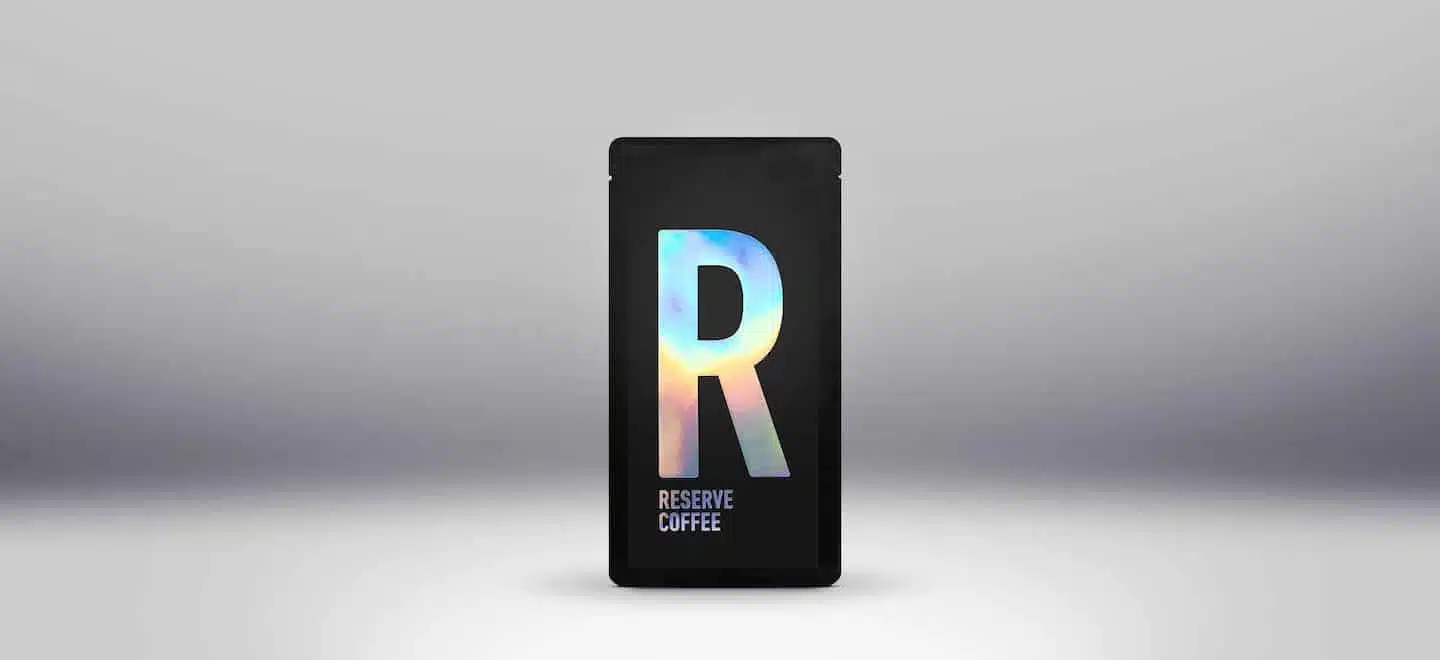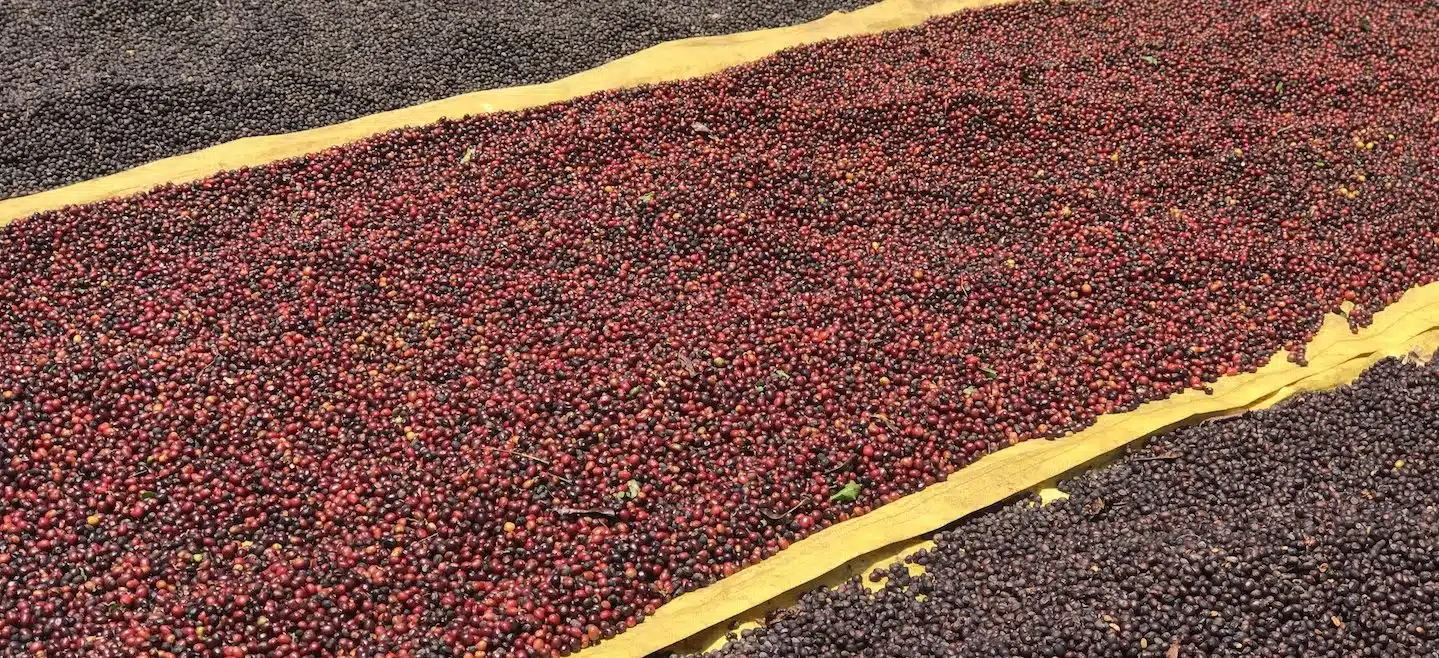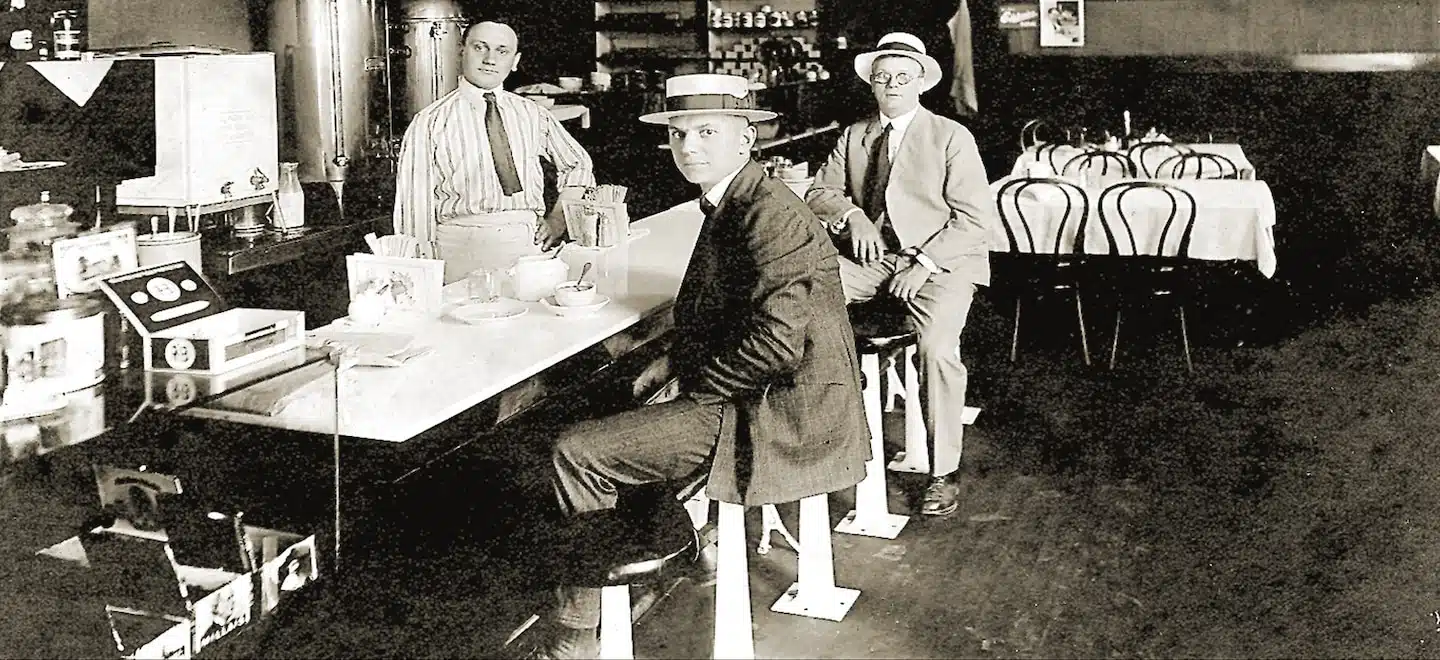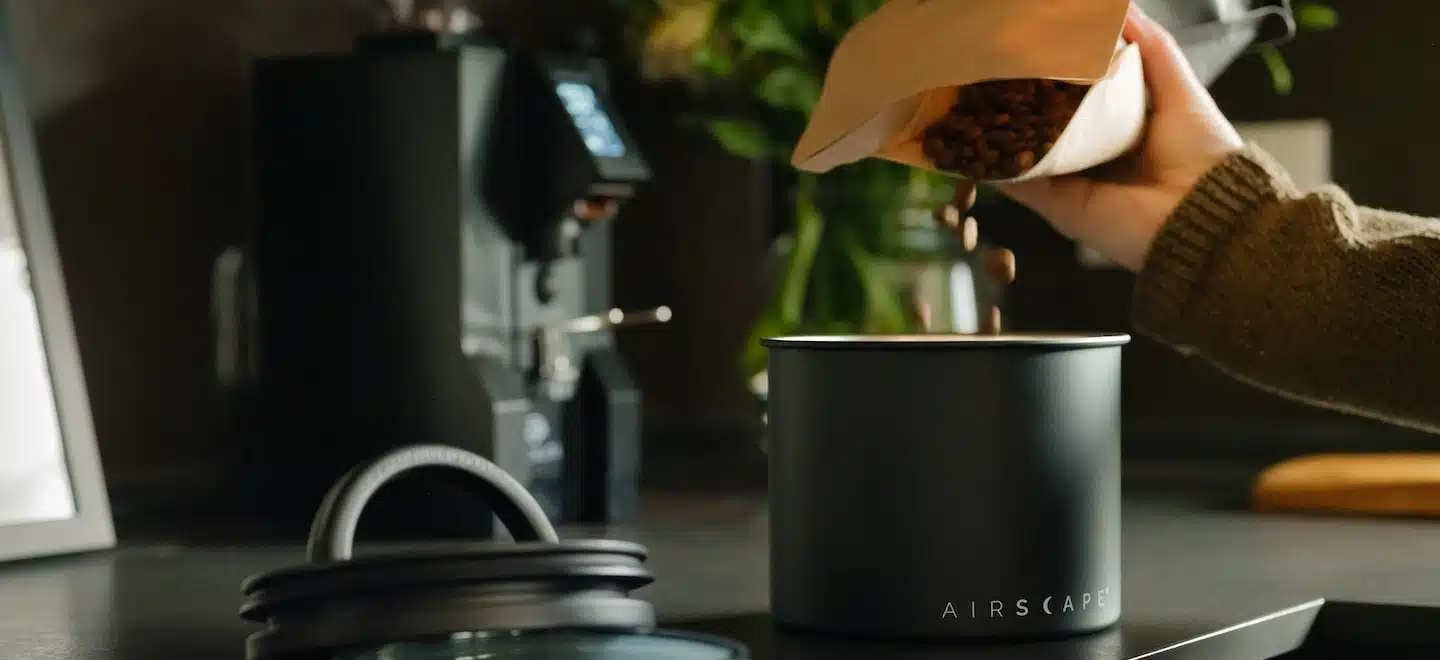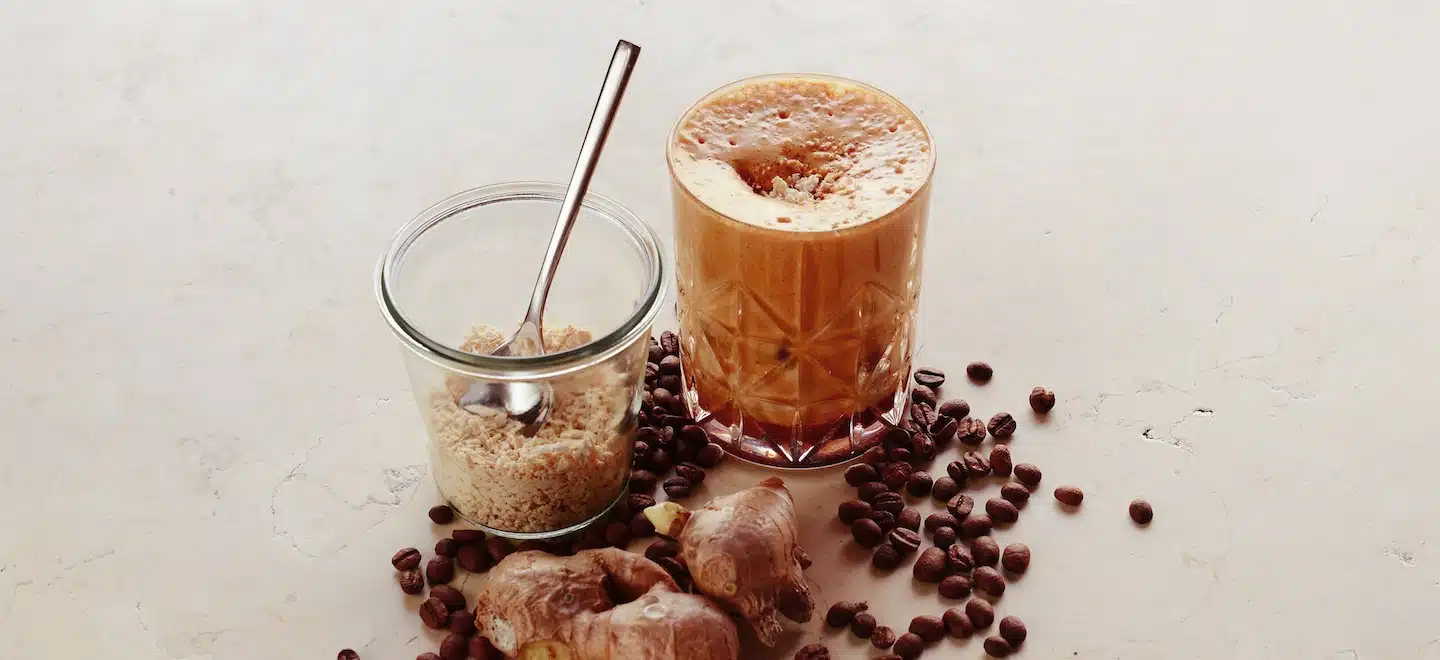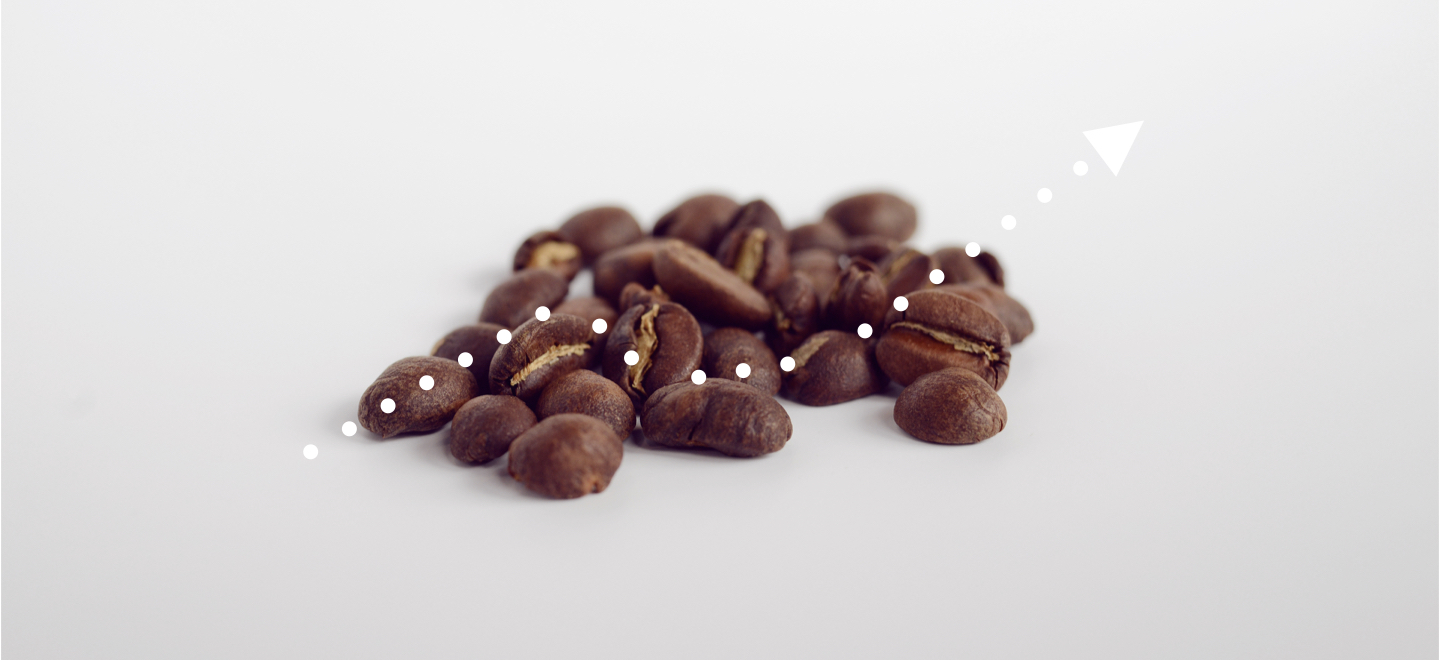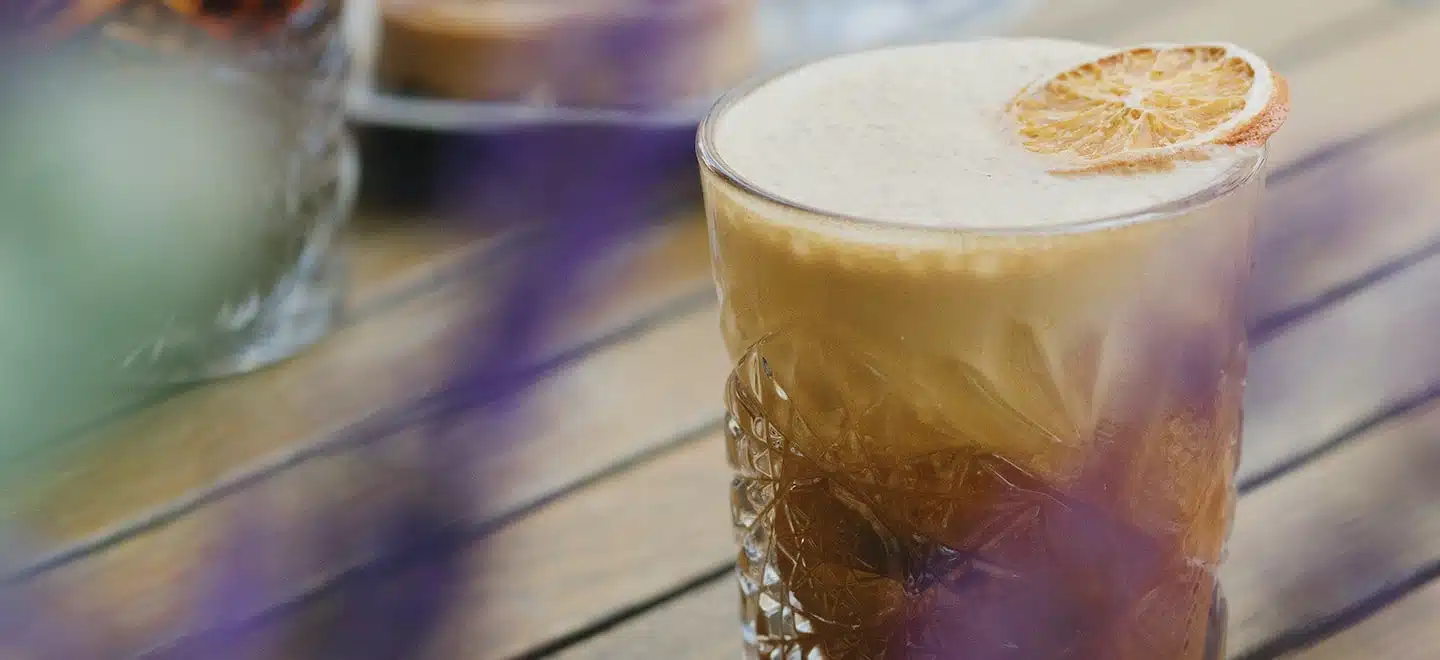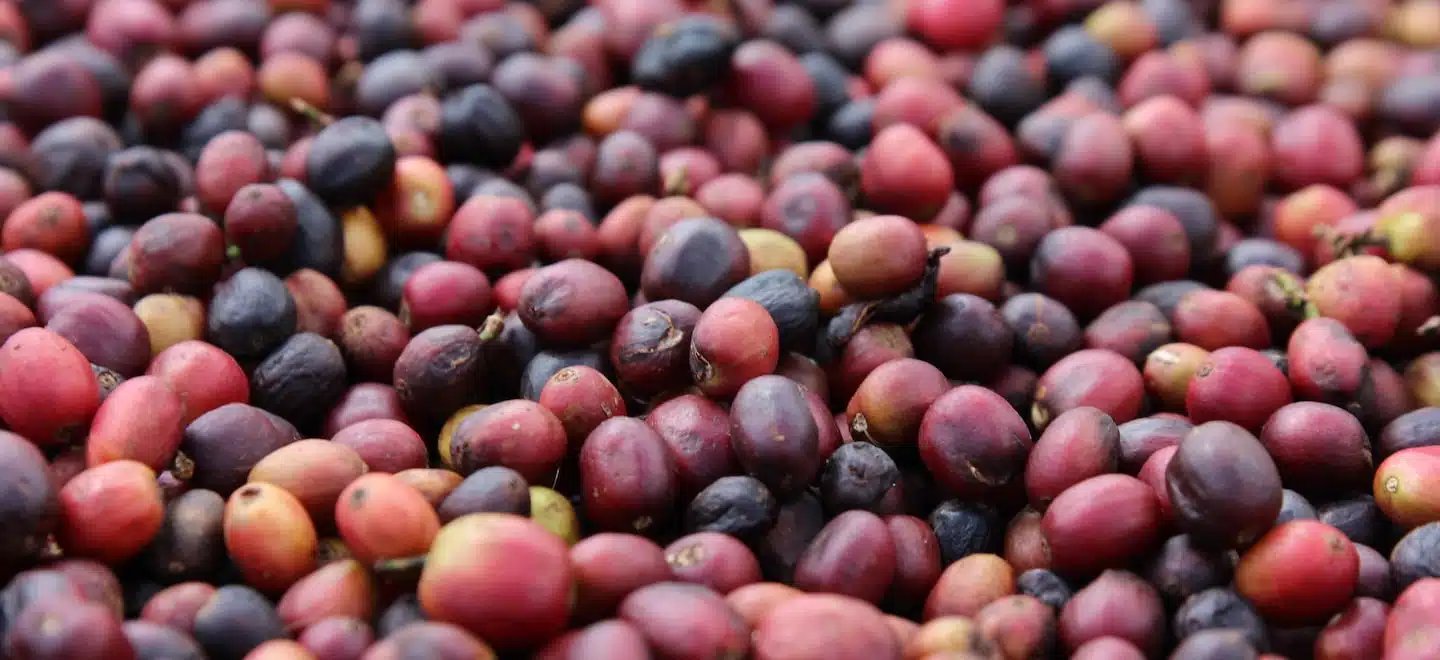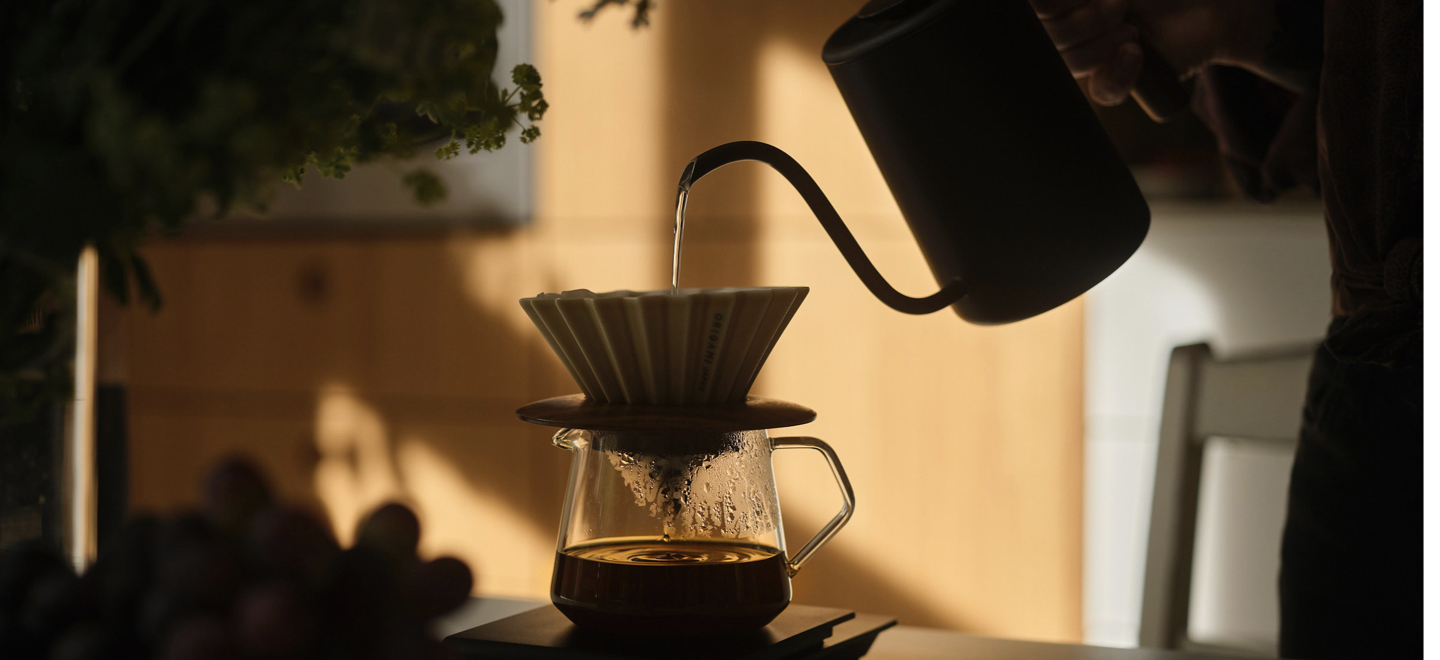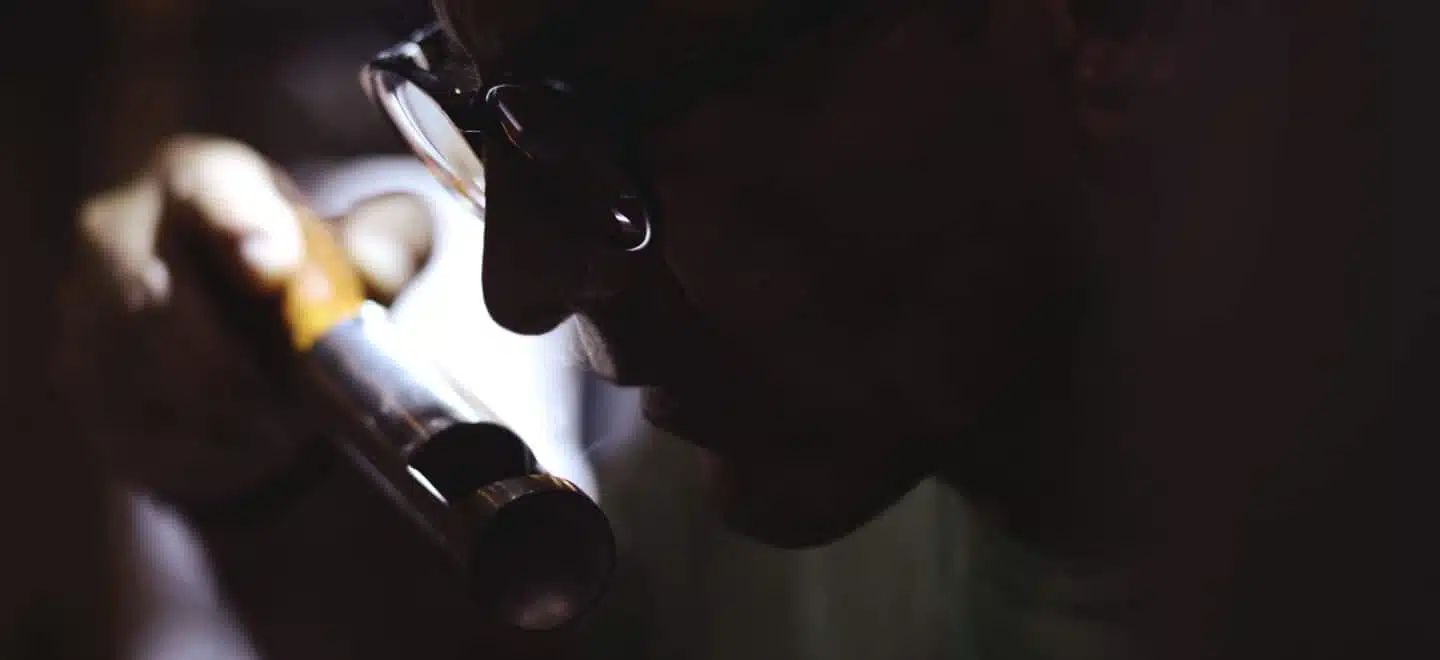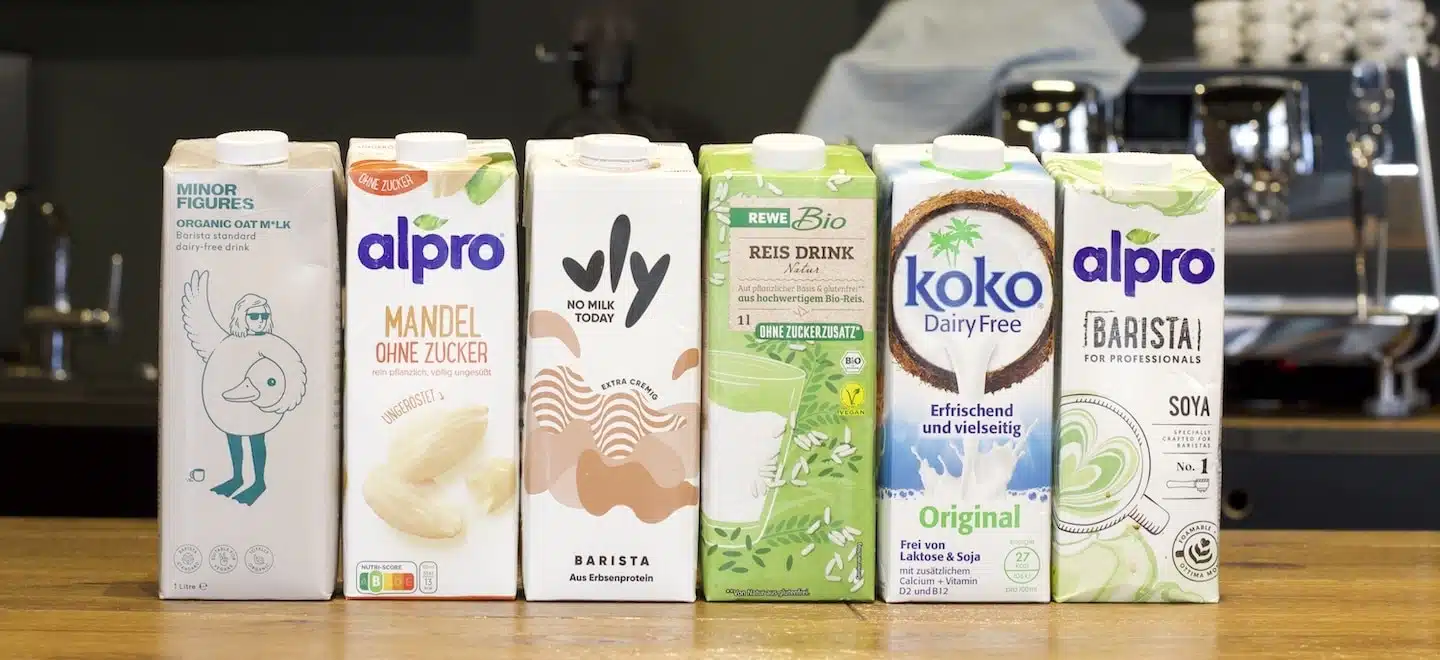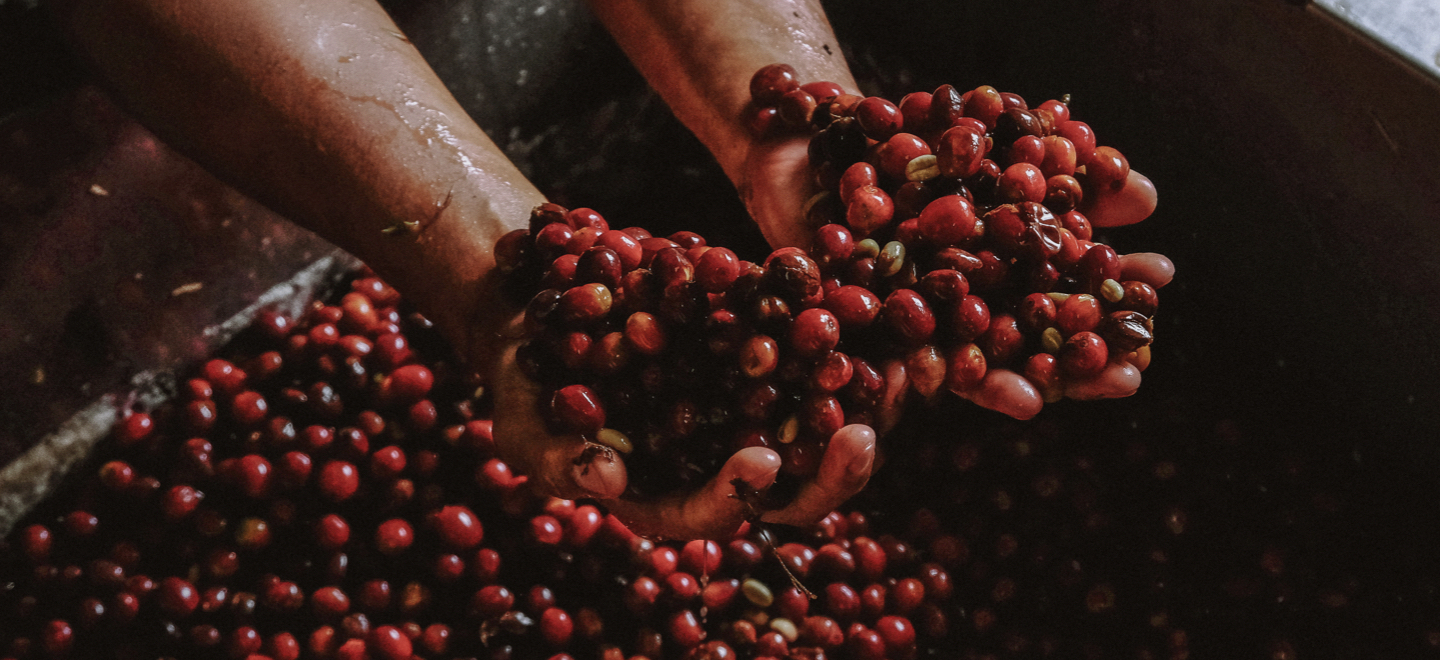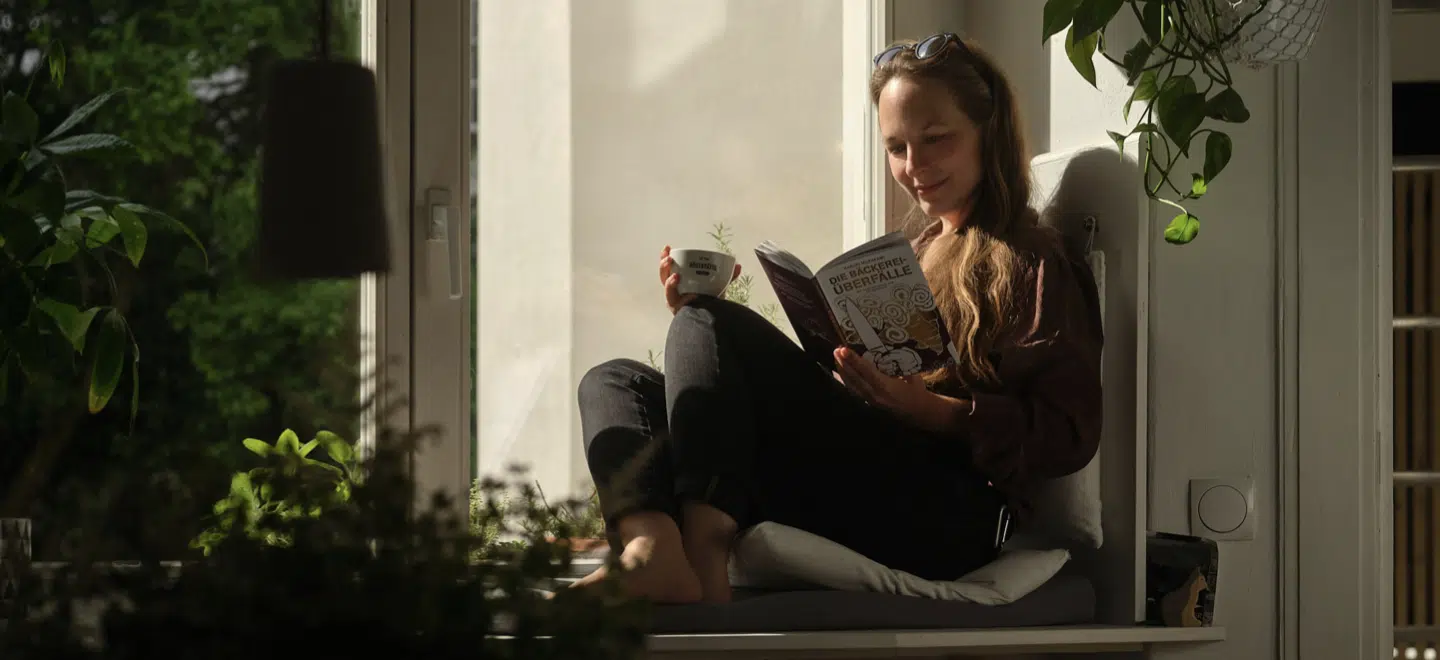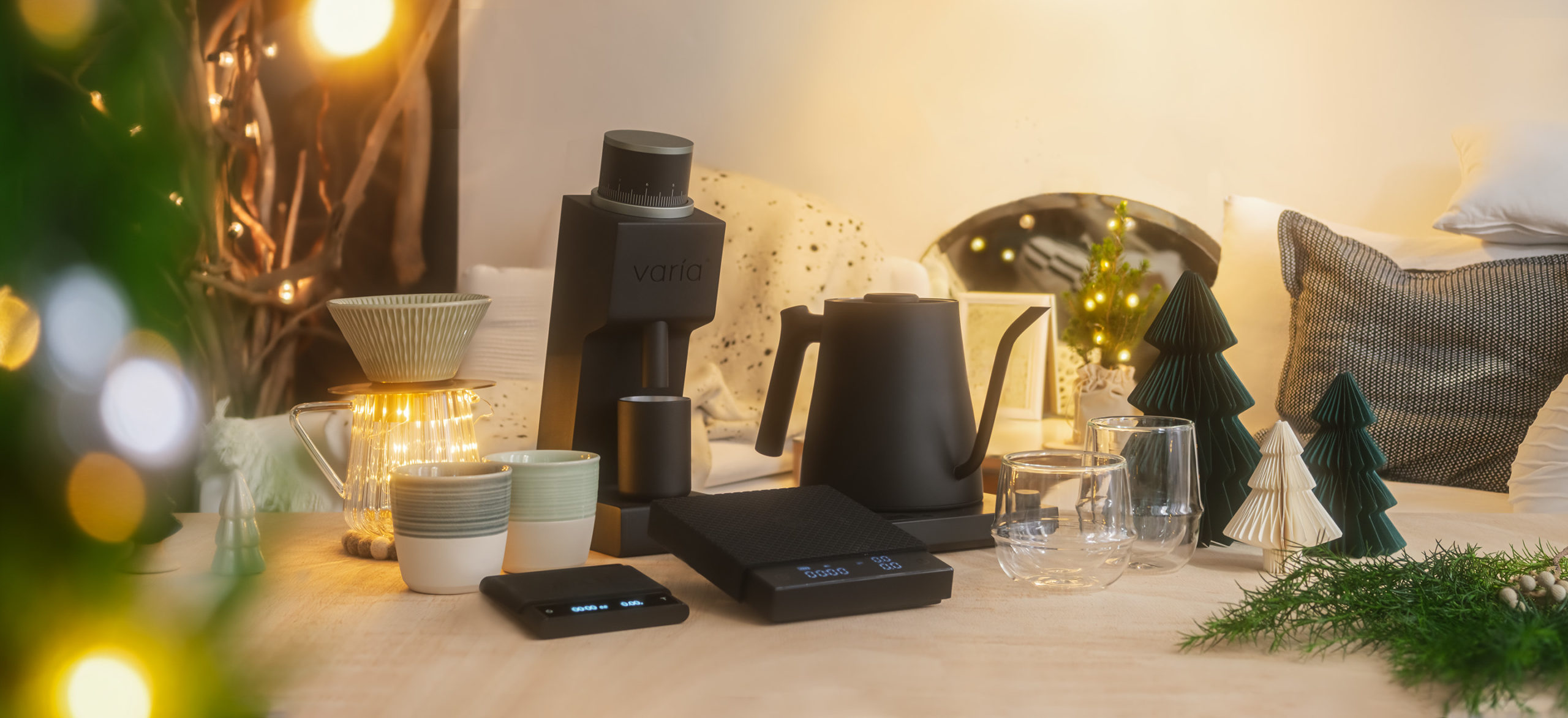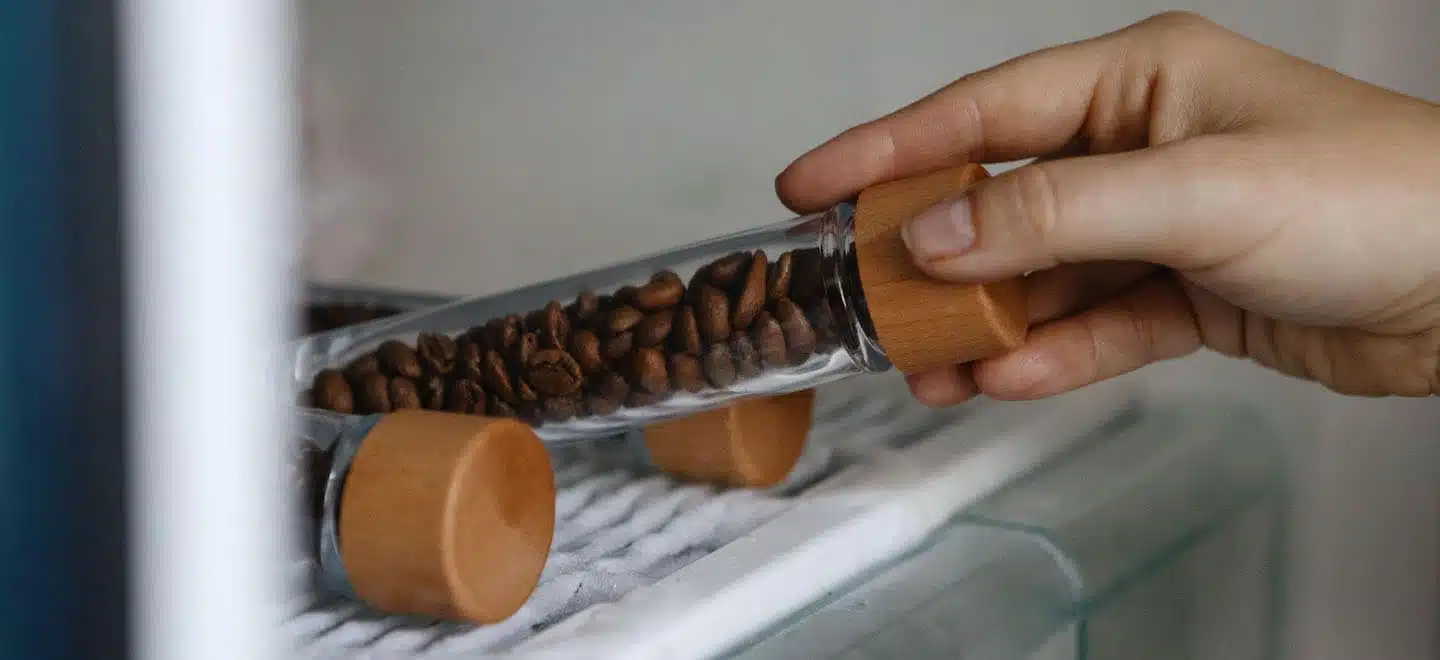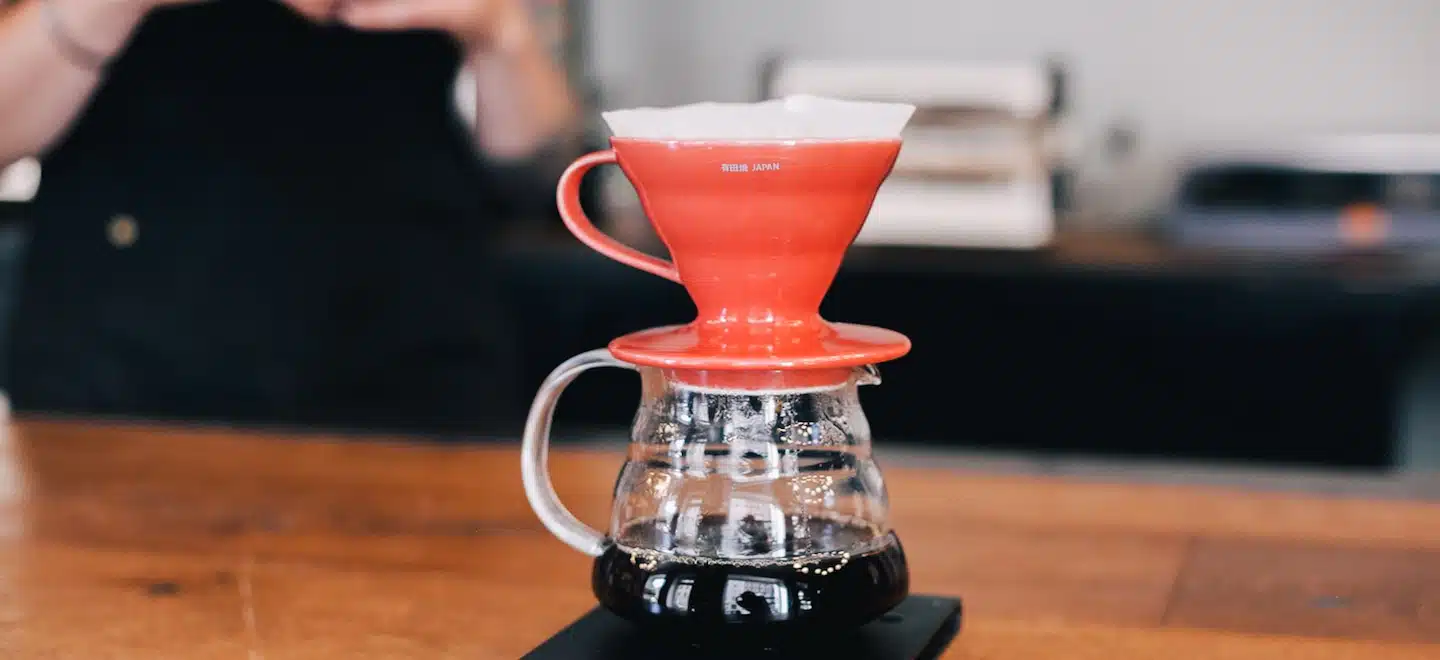How to brew espresso: Six tips for the perfect espresso
How do you brew the perfect espresso? Nicole shows you some basics in using the portafilter machine. If you want to train together with her at the espresso machine, you can attend a course in our Barista Academy.
What is actually the general definition of an espresso? According to Wikipedia, espresso [ɛsˈpʀɛso] is a type of preparation originating in Milan in which hot water is pressed at high pressure through finely ground coffee grounds made from roasted coffee beans. In simple terms, of course, this is correct. But we associate more than technical processes with an espresso. We usually associate positive emotions and memories with its enjoyment. For me, too, this drink has a special meaning. And that's why I'd like to share a few tips with you.


Tip 1: The espresso machine
First of all, the use of an espresso machine is advisable, because let's face it, neither a stove-top pot nor an automatic machine can realize the parameters by which an espresso can be clearly defined. The brewing temperature should be 85-95 ° C, and the brewing or water pressure should be 9 bar. The volume for a single espresso is 20-25ml and the extraction time measures 20-30 seconds. So there is no doubt - only with a portafilter machine you can make a real espresso. We sell some dual-circuit models from ECM, such as the Technika V or the Mechanika V Slim and have them on display in our showroom in Berlin-Mitte.
By the way, I christened my machine Stella. Stella was delivered with two different portafilters, each equipped with a different sieve insert. One for single espressos and one for double espressos. Be sure not to interchange the inserts. The sieves have different volumes in order to use the correct amount of coffee grounds. An 18g sieve should grind 18g of coffee, while a 20g sieve should grind 20g. The same applies to smaller sieves.


Tip 2: Precise dosing
Precision is the be-all and end-all when it comes to espresso extraction. Using a scale therefore makes a lot of things easier. In this case, I want to prepare a double espresso. So I grind 18g of coffee grounds into an 18g sieve insert. Often 7g and 14g sieves are supplied by the manufacturer. However, for a better taste result, I highly recommend investing in larger strainers. The sieves should also be clean and dry before each espresso shot. No sooner said than done.
Tip 3: Level? Level!
At best, if you are using an on-demand grinder, you should expect a small pyramid of coffee grounds in the portafilter. The ground coffee in the portafilter must now be evenly distributed before tamping, otherwise only the center in the sieve would be pressed and the water could seek the least path of resistance through the coffee bed sideways. Leveling is particularly easy with so-called distribution tools.


Tip 4: Tamping
After leveling is before tamping. The coffee grounds should always be pressed on evenly and straight in one process, using about 15 kg of force. With a little practice, you'll quickly get the hang of it. Tamper is available in many different sizes (for example here in our shop), remember that the diameter must match the size of the portafilter. If you have found a fancy tamper, it is recommended to use a tamping mat to protect the kitchen faucet. Be careful not to knock against the portafilter to avoid damage to the material and small cracks in the coffee bed, through which the water would again seek the shortest path. Multiple tamping is also a no-go, as this leads to sediment layers that have a bitter effect on the taste.
Tip 5: Clean the group
Before the portafilter is clamped and you can draw your shot, the brew head must be cleaned and the water temperature in the brew group must be stabilized. So remove the portafilter and briefly run the hot water. It's a quick step that does a lot, because it washes away the coffee grounds from the last brew and prevents them from entering the cup as unpleasant bitters. In addition, the increased water temperature in the group due to the flow heater is reduced again so that the desired brewing temperature of 93 degrees Celsius is reached for the actual extraction. Clever, isn't it?
Tip 6: Shot pull
After you have let water out of the group once, you can hang the portafilter and press the draw button. Start the timer and place the cup under the portafilter. The extraction should last between 20 and 30 seconds. For a double shot, I used an 18g sieve and achieved an extraction time of 25 seconds on 40g of liquid. This is a very good fit. If your espresso runs too fast or too slow, you will most likely need to adjust the grind.
Zurück zur Übersicht
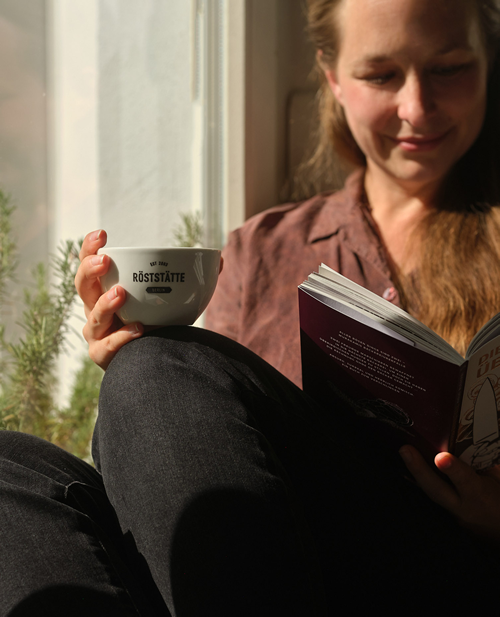
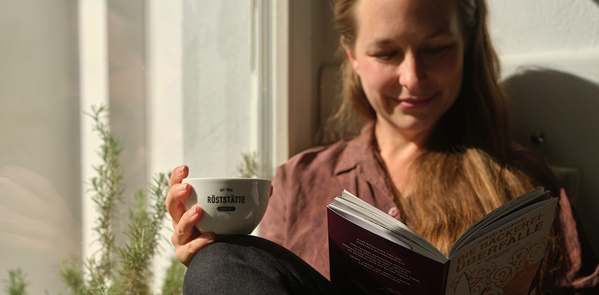
Wir schenken Dir 5€
auf Deine nächste
Kaffee Bestellung
Gutscheincode anwendbar auf alle Kaffeprodukte. Mit der Anmeldung erklärst Du dich damit einverstanden, E-mail Marketing zu erhalten. Datenschutz
Check Dein Postfach !
Wir haben Dir soeben eine Mail mit einem
Bestätigungslink an Deine angegebene
E-Mail-Adresse geschickt.
